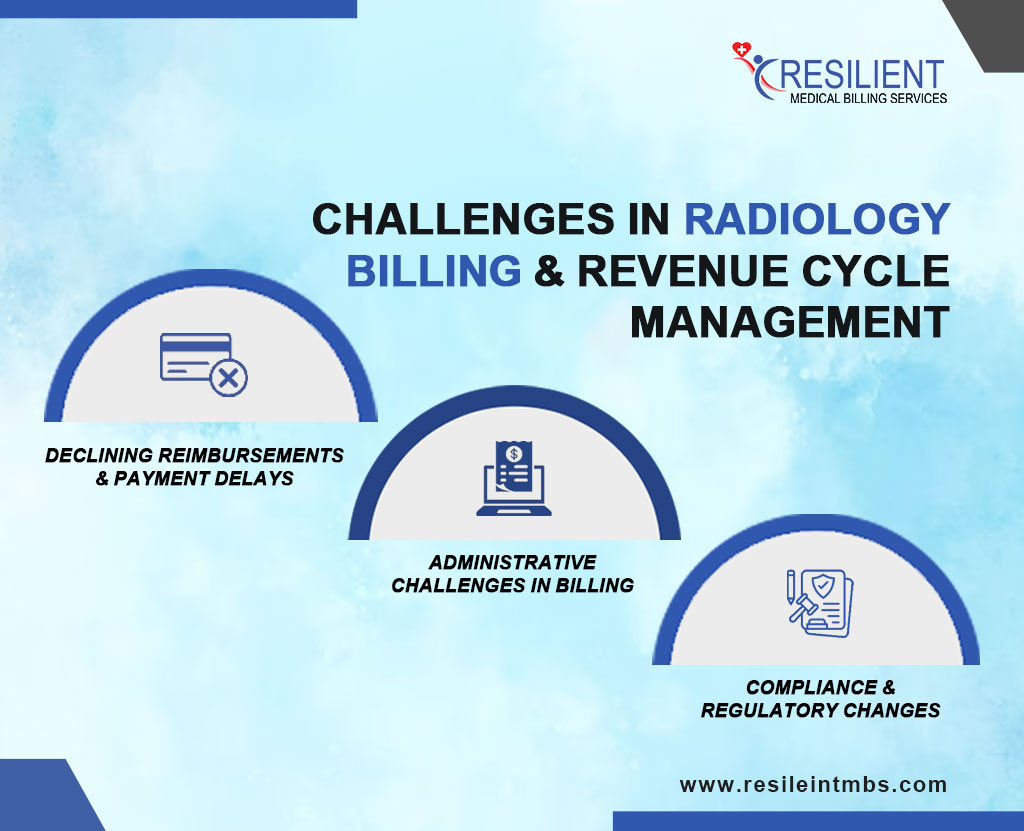Big changes are coming to the U.S. healthcare system in 2025, and they could hit providers and patients hard especially in radiology. Medicare payment cuts, like the ones in Project 2025, are meant to change how the federal government spends funds on health care.
According to the Centers for Medicare & Medicaid Services (CMS), physician reimbursements are set to decrease by 3.4% in 2025, with radiology practices among the most affected. Past reimbursement cuts have already led to a 20% decline in Medicare payments for radiologists over the past decade.
These reductions could force smaller practices to consolidate or even shut down, limiting patient access to essential diagnostic imaging services. But what do these changes mean for medical professionals and the people they serve? Let’s dive into the potential impact of medicare cuts 2025 and what it could mean for the future of radiology.
Medicare Cuts 2025
Medicare cuts in 2025 will affect both payers and doctors. These cuts are part of the government’s plan to control spending on health care and keep programs going. Medicare Advantage programs, hospital financing, and doctor payments are all impacted.
Less pay for providers could make it harder for patients to get care and make wait times longer. There may be changes to network limits, out-of-pocket costs, and coverage.
In Medicare cuts 2025 Doctors will get 2.9% less money and hospital outpatient areas will get 2.9% more money, which will add $2.2 billion to the sector.
Project 2025, which is run by The Heritage Foundation, wants to make Medicare Advantage the default option for people who want to join. This will lower the $850 billion a year cost of Medicare by privatizing it and making it more competitive.
Some people are worried that this could limit the healthcare choices for seniors and put Medicare’s stability at risk.
Impact on Radiology Practices
Radiology practices, which depend so much on imaging services covered by Medicare, are especially vulnerable to these Medicare reductions. The Medicare Physician Fee Schedule’s persistent threat of yearly cuts or minor increases, which frequently fails to keep pace with inflation, intensifies financial pressures on these practices.
Consequently, radiology providers can face challenges in maintaining operational viability, investing in advanced imaging technologies, and ensuring patient access to essential diagnostic services.
Challenges in Radiology Billing & Revenue Cycle Management
- Declining Reimbursements & Payment Delays
Medicare cuts, payer negotiations, and rules all cause reimbursement rates to drop. Delayed insurance payments also make it hard for radiology companies to make ends meet.
- Administrative Challenges in Billing
Radiology billing is complex, involving precise coding, prior authorizations, and claim management. The heavy workload increases error risks and administrative burdens.
- Compliance & Regulatory Changes
Constant Medicare policy changes require strict adherence to new coding and documentation rules. Non-compliance can lead to denials, audits, and financial penalties, demanding specialized expertise.
Solutions for Radiology Practices to Mitigate Losses
- Accurate Radiology Billing and Coding
Train billing teams, use certified coders, stay updated on CPT and ICD-10, and conduct regular internal audits.
- Utilize AI-Driven Billing Systems
Use advanced radiology billing software to automate claims, detect errors, optimize charge capture, and enhance revenue predictions.
- Create Multiple Revenue Sources
Reduce reliance on Medicare by offering teleradiology, second-opinion consultations, and partnering with outpatient imaging centers.
- Improve Contract Negotiations
Review your insurance contracts regularly, try to get better rates, and get help from professionals to get the most funds back.
Impact on Radiology Practices – How Radiology Practices May Experience Financial Strain
In 2025, Medicare will make cuts that will lower reimbursement rates for radiology offices across the country. Most of the time, Medicare pays for MRIs, CT scans, and X-rays. This means that lower payment rates will hurt income. Because of the small profit margins, these cuts could force smaller imaging offices to merge, cut back on services, or shut down.
Medical equipment, operational costs, and staff pay are also rising, making finances tight. Radiology practitioners may struggle to deliver quality patient care and cover operating costs with restricted Medicare reimbursement.
The Medicare Advantage cuts 2025 and standard Medicare payment cuts will make billing clinic radiology difficult. Lower reimbursement rates will force radiology billing professionals to optimize coding accuracy and comply with complex Medicare regulations to avoid claim denials and delays.
Future Outlook and Policy Considerations
As the healthcare landscape continues to evolve, the predicted Project 2025 medicare cuts remain a key worry for radiology operations. While the exact impact of these cuts has yet to be revealed, industry experts foresee a continued emphasis on cost management efforts, which could result in reimbursement reductions for imaging services.
More changes could be made by policymakers to get the most out of healthcare spending. For example, the way imaging services are paid for could be changed.
Radiology communities like the ACR and RBMA fight against cuts in payments by asking lawmakers to rethink cuts that could make it harder for patients to get imaging services. They work to make sure that radiologists are paid fairly by talking about it in the legislature, making official appeals, and working with other stakeholders.
Radiology professionals must stay up-to-date with regulatory changes since Medicare rules are dynamic. Radiology clinics can manage the financial risks presented by Project 2025 by routinely following legislative updates, attending industry conferences, and consulting professional organizations.
Closing Thoughts
Radiology companies will have a difficult time dealing with finances and running their businesses because of the planned Medicare cuts under Project 2025. To lessen these effects, workers should improve billing, use technology, and look for other ways to make money. Key to keeping a business stable are proactive planning, industry advocacy, and flexible financial strategies.
Working with skilled billing service providers can help you handle these changes. Resilient MBS provides customized options to boost profits and keep rules. Get in touch with Resilient MBS right away to protect your practice’s finances as Medicare rules change.











